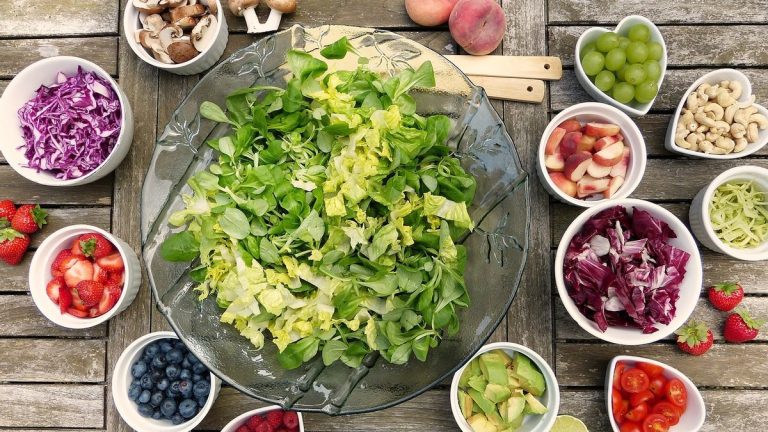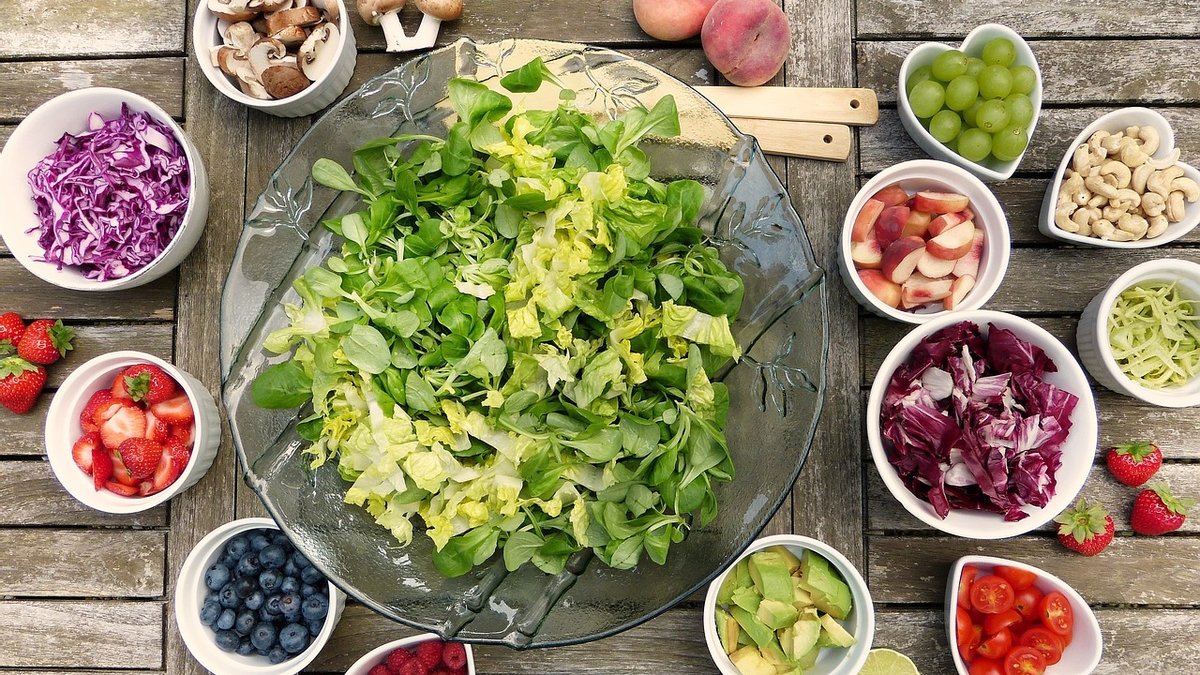Many natural home remedies against pollen count and pollen allergy will help you to alleviate the problems caused by pollen count. The pollen count may be pretty to look at for some, but for allergy sufferers, it only means suffering and risks. It is almost impossible to avoid and now its season extends almost all year round and is no longer “just” from March to September.
The problem pollen count and pollen allergy
One in five or around 15 million people in Germany suffer from side effects from pollen, making hay fever the most common allergy in the country. The tiny grains that makeup pollen are the seeds of numerous plants that are propelled through the air to reach the female recipient organs. Since most pollen doesn’t reach its destination, plants produce it in huge quantities.

Causes of pollen allergy
If you suffer from a pollen allergy, your body fights the harmless pollen proteins because it mistakenly sees them as a danger. The immune system, therefore, reacts with inflammation, which is triggered, among other things, by the inflammatory messenger’s leukotrienes and histamine. But there can be various reasons why the immune system overreacts in such away. First, some people are more prone to allergic reactions than others, and responsiveness can also be inherited.
If both parents are allergic or even have the same allergy(s), the probability that the child will also develop an allergy is 40 to 80%. If you pay attention to a very high level of hygiene in childhood, the immune system is undertaxed and does not develop sufficiently. Then there is a so-called hygiene hypothesis, which only rarely occurs in people who have had contact with many people in childhood and have romped in the sand, in the earth, or similar.
In addition, irritants in the ambient air affect the airways and their correct formation. If parents smoke around their children or even during pregnancy, this significantly increases the risk of hay fever, asthma, or other allergies. Researchers also suspect that the increasing number of allergy sufferers is due to climate change. It not only extends the pollen season and pollen count, but the warmer temperatures also bring new plant species to Germany, some of which can be highly allergenic.
1) Nasal lavage with saline solution
The simplest and probably the oldest household remedy that you can use to flush out the pollen, disinfect your nasal mucosa and strengthen you against pollen is nasal rinsing, which is made from half a liter of lukewarm water and two teaspoons of table salt. Simply mix the two ingredients together and sniff the solution.
2) steam bath with saline solution
The steam bath with a saline solution can also help. It relieves itching by moisturizing the nasal mucosa. To do this, dissolve about two teaspoons of table salt in your steam bath and inhale for about 10 minutes.
3) Inhalation with fennel or dill oil
Inhaling fennel or dill oil helps against congestion and calms the bronchi. To do this, add 4 to 6 drops of the oil to your steam room and inhale the vapors alternately through your mouth and nose for about 10 minutes.
4) Inhalation with essential oils
Essential oils generally have an expectorant effect and thus make it easier to breathe deeply. For example, you can add several drops of peppermint or eucalyptus oil to your steam room.
5) Eyebright herb
A cloth with eyebright herbal decoction helps with swollen, watery, and inflamed eyes. To do this, pour half a liter of water over three teaspoons of eyebright herb and let the brew steep for about five minutes. Then soak a cloth with the cooled brew and place it on your closed eyelids for a quarter of an hour.
6) Damp rag
Placing a damp cloth on your eyes can greatly relieve itching. Simply dampen a cloth with cool water and place it over your eyes for several minutes. A damp cloth on the neck helps against headaches.

7) Cooling goggles
You can put cooling goggles or even ordinary cooling pads on your eyes to help reduce the swelling.
8) Showers
The pollen likes to get caught everywhere and especially in the hair. If you can take a shower, avoid breathing in the pollen at home, too.
9) Facial affusion for headaches
A cold facial affusion causes a cold shock, which stimulates the metabolism via the receptors and gets the circulation going. This relieves tension in the head and thus relieves headaches. To do this, hold a thick jet of water first on your forehead, then on your right half, and then on your left half of the face, and finish the face wash with circular movements around your whole face.



